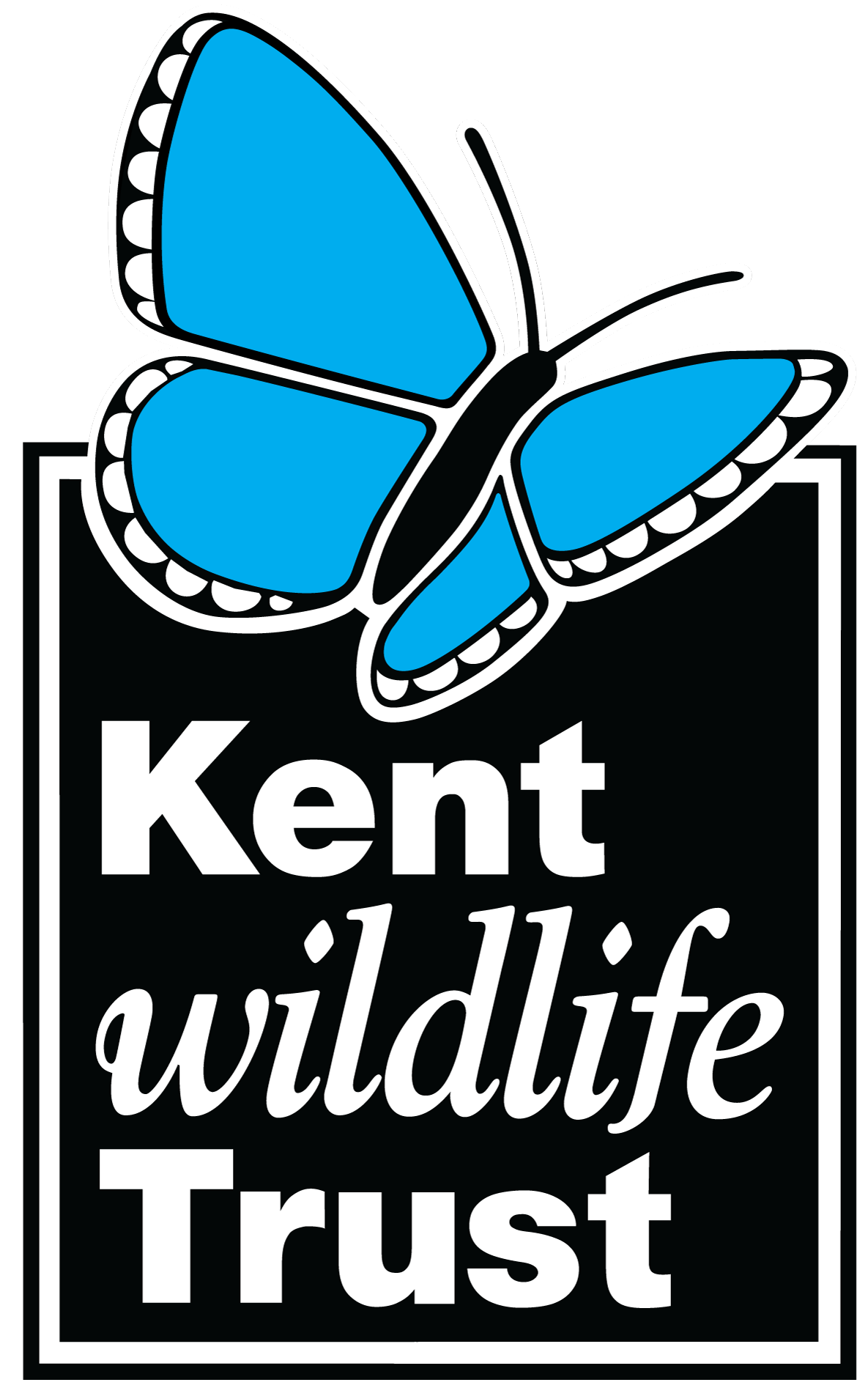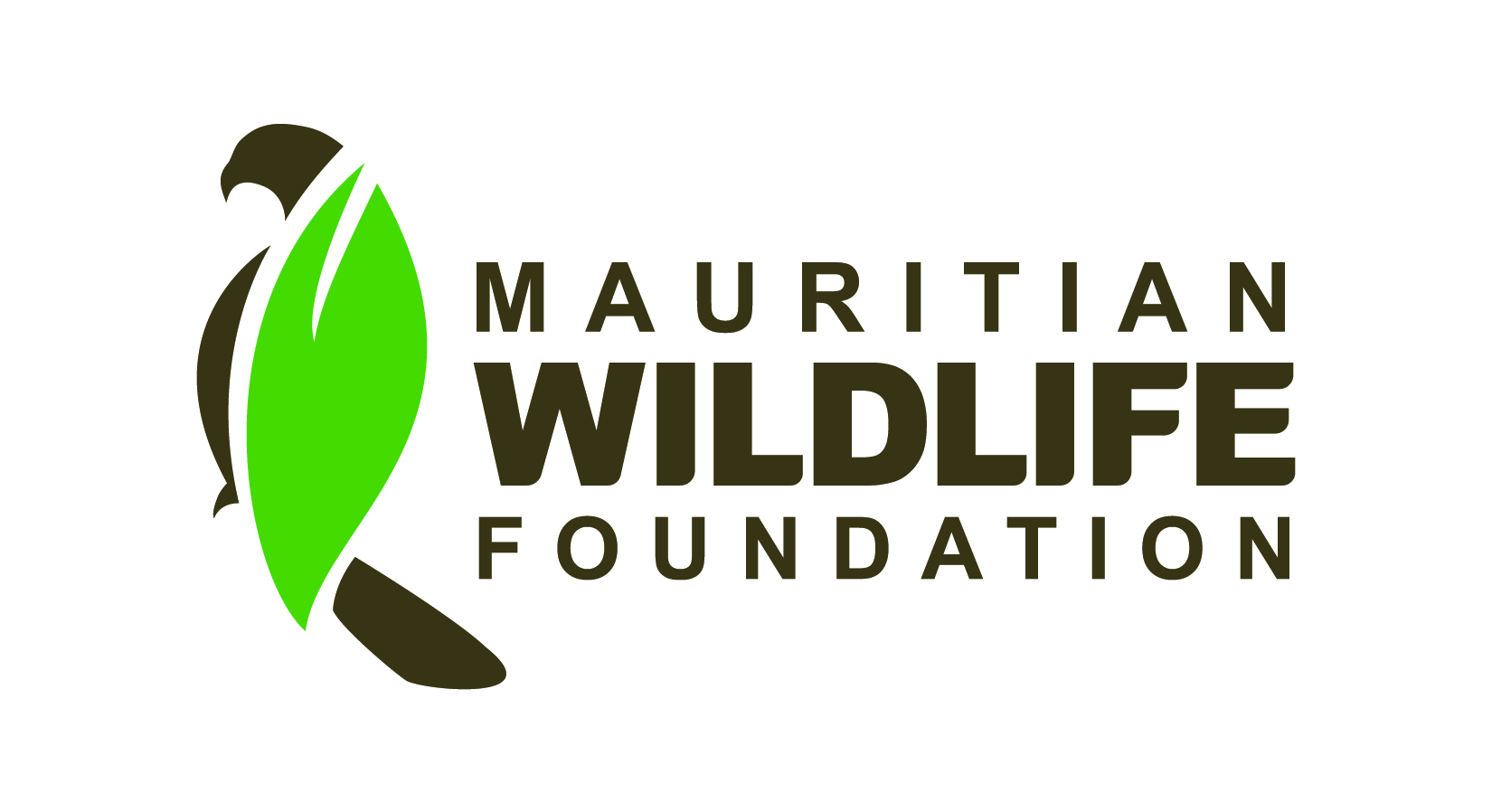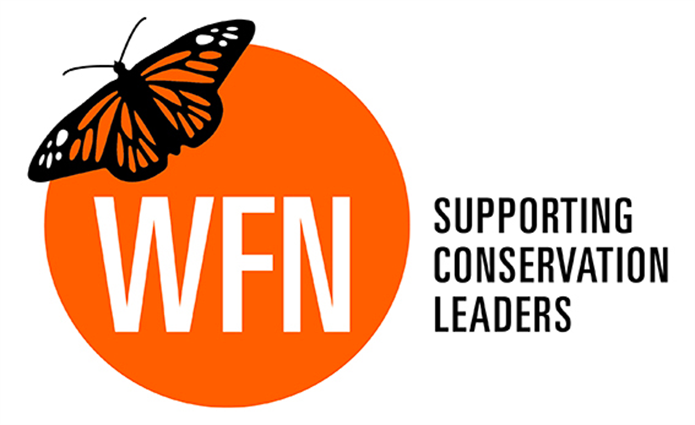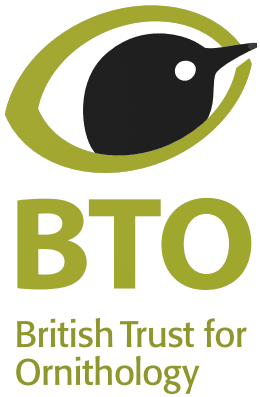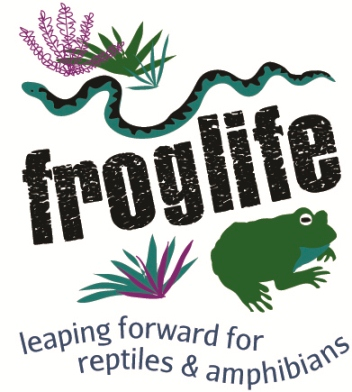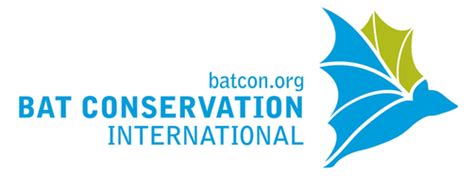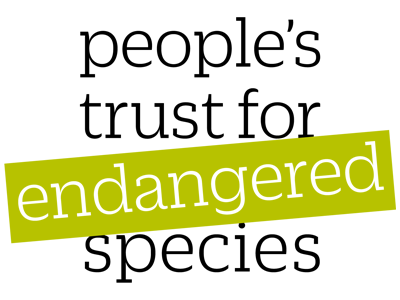Artificial nesting habitats as a conservation strategy for turtle populations experiencing global change
-
Published source details
Wnek J.P., Bien W.F. & Avery H.W. (2013) Artificial nesting habitats as a conservation strategy for turtle populations experiencing global change. Integrative Zoology, 8, 209-221.
Published source details Wnek J.P., Bien W.F. & Avery H.W. (2013) Artificial nesting habitats as a conservation strategy for turtle populations experiencing global change. Integrative Zoology, 8, 209-221.
Actions
This study is summarised as evidence for the following.
| Action | Category | |
|---|---|---|
|
Provide artificial shade for nests or nesting sites Action Link |
|
|
|
Relocate nests/eggs to a nearby natural setting (not including hatcheries): Tortoises, terrapins, side-necked & softshell turtles Action Link |
|
|
|
Create artificial nests or nesting sites Action Link |
|
-
Provide artificial shade for nests or nesting sites
A replicated, controlled study in 2006–2007 on an island on salt marsh grasses in New Jersey, USA (Wnek et al. 2013) found that providing shade for diamondback terrapin Malaclemys terrapin nests relocated to artificial nest mounds resulted in lower hatching success compared to unshaded nests in one of six comparisons. Hatching success in loam and dredge mounds was similar for shaded (loam: 2 of 5 & 3 of 6 successful nests, 11 & 63% eggs hatched; dredge: 0 of 5 & 4 of 6 nests, 0 & 42% eggs) and unshaded nests (loam: 5 of 5 & 6 of 6 nests, 55 & 85% eggs; dredge: 0 of 5 & 6 of 6 nests, 0 & 59% eggs). In sand mounds, shaded nests had lower hatching success than unshaded mounds in the first year (shaded: 0 of 5 nests, 0% eggs; unshaded: 3 of 5 nests, 31% eggs) but similar success in the second (shaded: 3 of 6 nests, 41% eggs; unshaded: 6 of 6 nests, 65% eggs). Three experimental plots (2.25 m2) were filled with 45 cm deep soil: sand from a beach; loamy sand from a natural nesting area or dredge soil from a nearby dried channel. One half of each plot was shaded by cloth 15 cm above the soil with the other half in full sun. Each nest was covered by a wire-mesh predator exclusion cage. Clutches of eggs were relocated to treatment plots from areas with high human activity (2006: 5 nests/treatment; 2007: 6 nests/treatment). Nests were excavated after 60 days to assess hatching success.
(Summarised by: Maggie Watson, William Morgan)
-
Relocate nests/eggs to a nearby natural setting (not including hatcheries): Tortoises, terrapins, side-necked & softshell turtles
A replicated, controlled study in 2006–2007 on an island on salt marsh grasses in New Jersey, USA (Wnek et al. 2013) found that relocating diamondback terrapin Malaciemys terrapin nests to artificial nest mounds resulted in lower hatching success compared to natural nests in three of 12 comparisons. Hatching success for relocated nests ranged from 0–85%, and for natural nests it was 54% and 70%. Hatching success was lower in dredge soil (0%) and shaded sand (0%) compared to natural nests (54%) in the first year, but all other comparisons found no significant differences. Three experimental plots (2.25 m2) were filled with 45 cm of sand/soil: sand from a beach; loamy sand from a natural nesting area or dredge soil from a nearby channel which had been dried for two months. One half of each plot was shaded by shade cloth 15 cm above the soil with the other half in full sun and each nest had a predator excluder made of wire mesh. Natural nests were in full sun with nearby vegetation cover. Clutches were relocated to treatment plots from areas with high human activity (2006: 5 nests/treatment, 5 natural nests; 2007: 6 nests/treatment, 8 natural nests). Nests were excavated after 60 days to assess hatching success.
(Summarised by: Maggie Watson, William Morgan)
-
Create artificial nests or nesting sites
A replicated, controlled study in 2006–2007 on an island of salt marsh grasses in New Jersey, USA (Wnek et al. 2013) found that hatching success of diamondback terrapin Malaclemys terrapin nests in artificial nesting mounds varied depending on the construction material and year when compared to natural nests. Dredge soil mounds produced no hatchlings in the first year (0 of 10 nests hatched) but had some success in the second year (10 of 12 nests hatched, 42–60% hatching success). Loamy-sand mounds produced hatchlings in both years (11–85% hatching success). Hatching success in sand mounds varied from 0–31% in the first year and 41–65% in the second year. Natural nests had hatching success of 54% in the first year and 70% in the second year. Three experimental plots (2.25 m2) were filled with 45cm of soil: dredge soil from a nearby channel which had been dried for two months; loamy sand from a natural nesting area or sand from a beach. One half of each plot was shaded by shade cloth 15 cm above the soil with the other half in full sun and each nest had a predator excluder made of wire mesh. Natural nests were in full sun with nearby vegetation cover. Clutches were relocated to treatment plots from areas with high human activity (2006: 5 nests/treatment, 5 natural controls; 2007: 6 nests/treatment, 8 natural controls). Nests were excavated after 60 days to assess hatching success.
(Summarised by: Maggie Watson, William Morgan)
Output references
|
|

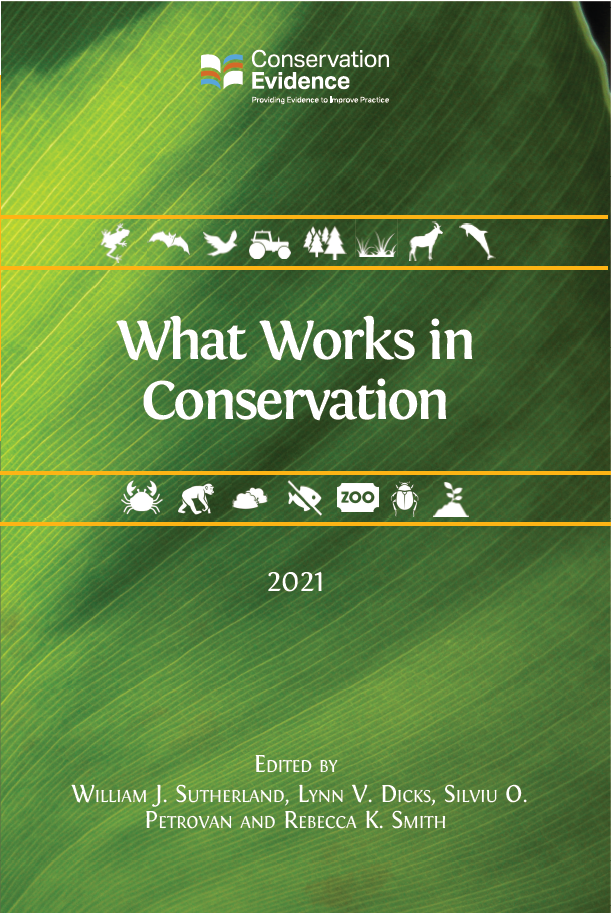
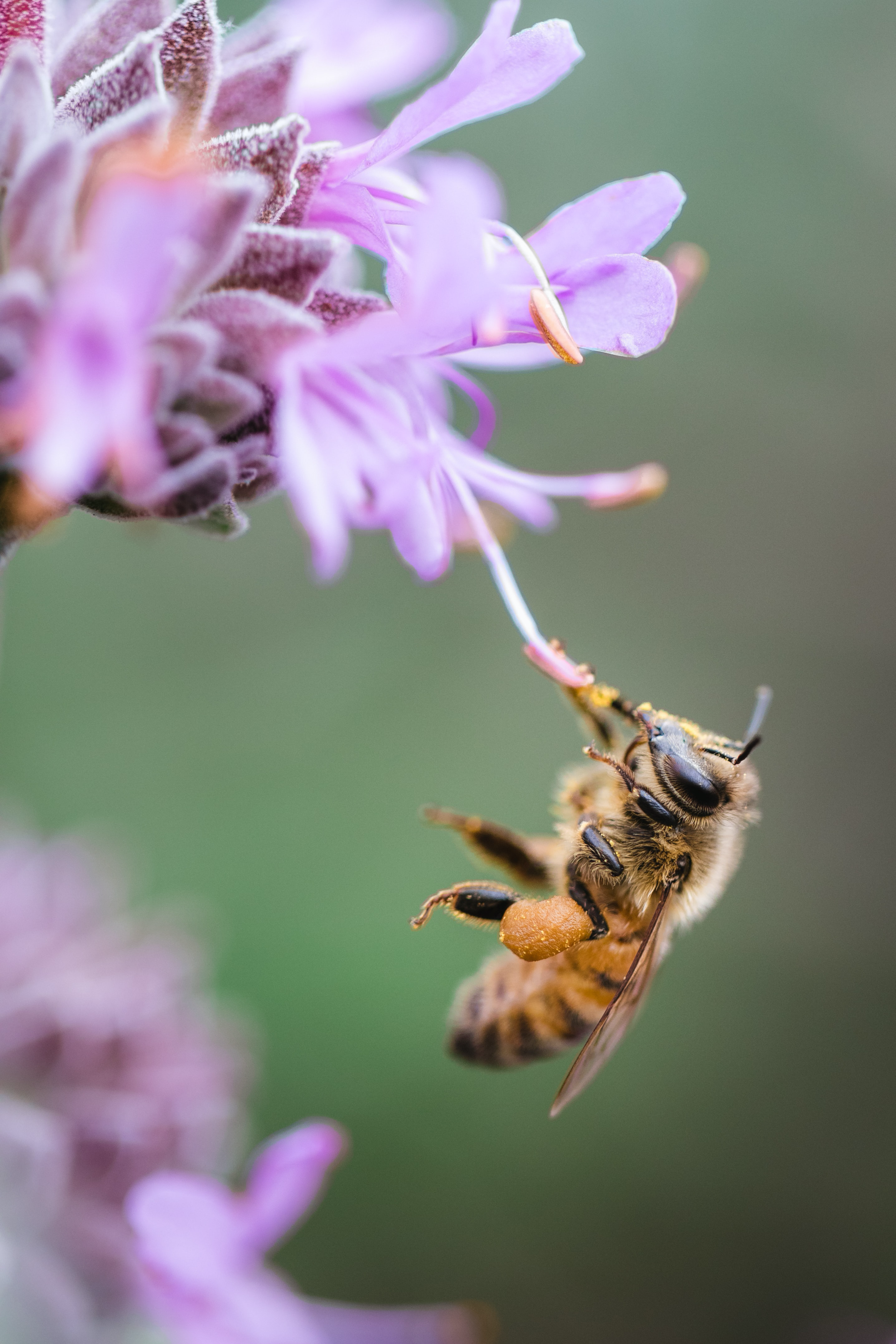


)_2023.JPG)
